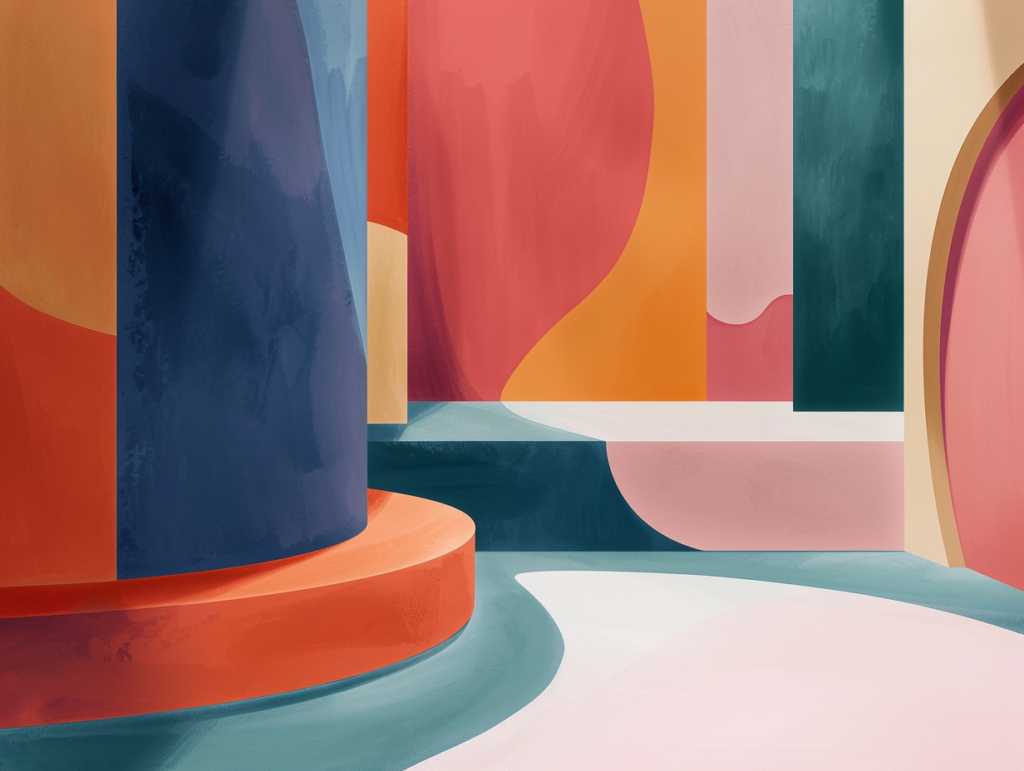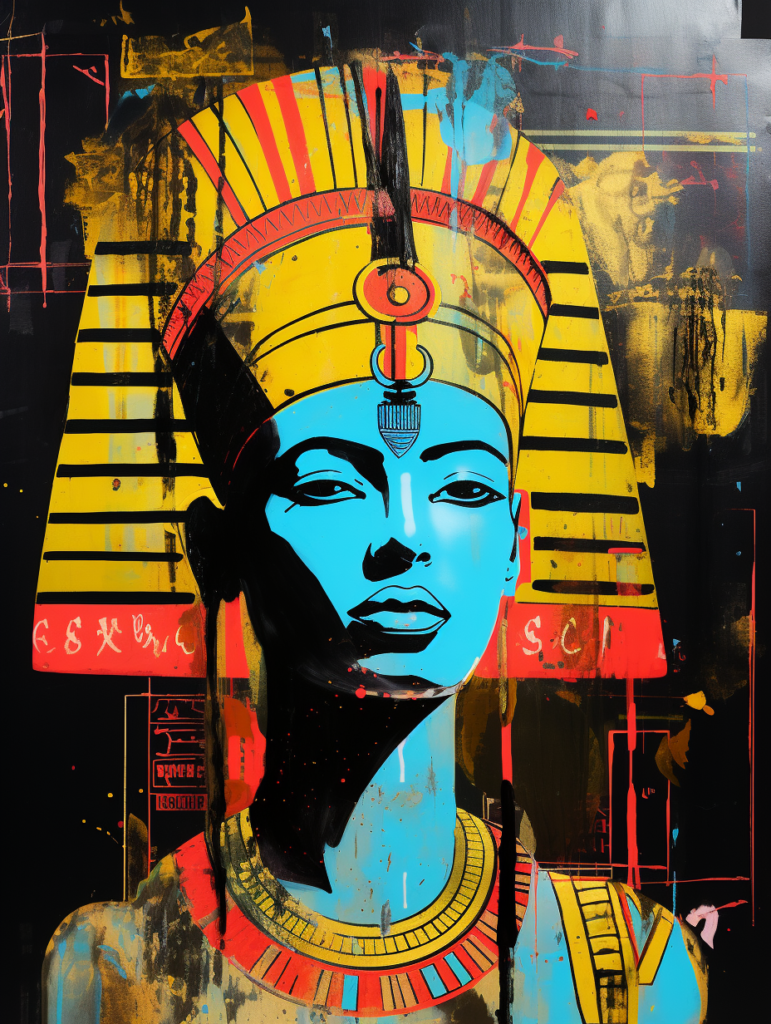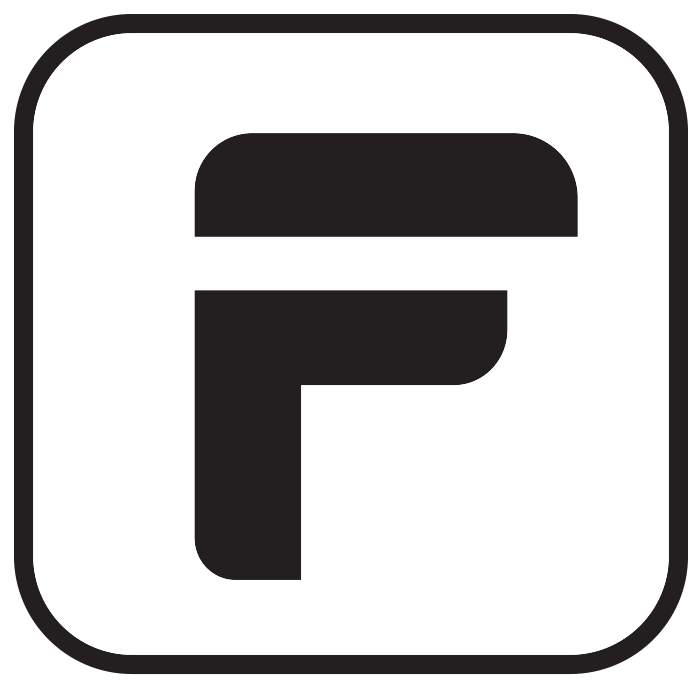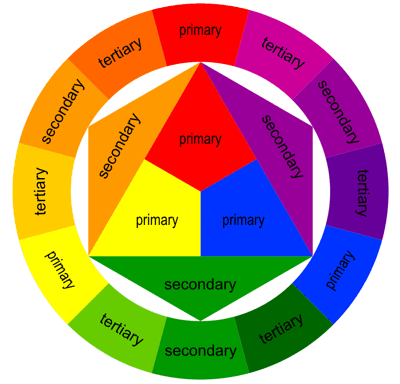Design permeates every aspect of visual media, from the printed page to the digital interface. Understanding the core elements of design—line, shape, color, texture, space, and form—is essential for any creator looking to craft visually compelling and effective communications. This blog post offers an in-depth exploration of each design element, highlighting its unique characteristics and demonstrating its application in a range of media contexts.
Line: The Foundation of Visual Composition
Characteristics: Lines are the most basic element of design, used to connect two points. They can vary in width, direction, and length and can be straight or curved. Lines define boundaries, direct the eye, create emphasis, and are often used to convey movement.
Applications: In print media, lines are used in graphic novels to direct narrative flow from panel to panel, creating a sense of motion and action. In digital media, lines are fundamental in web design for separating content, guiding the user’s eye through the navigation menu, and emphasizing key screen elements.
Shape: Defining Spaces and Concepts

Characteristics: Shapes are two-dimensional figures created by the enclosure of lines. Shapes can be geometric (e.g., squares, triangles) or organic (irregular, freeform shapes). They are used to create a sense of stability or dynamism in a composition.
Applications: In branding, shapes play a crucial role in logo design. For example, the circular shape of the Starbucks logo conveys inclusivity and community, while the rectangular shape of the National Geographic frame suggests stability and reliability. In digital interfaces, shapes are integral to button and icon design, making interactions intuitive and visually pleasing.
Color: Evoking Emotion and Action

Characteristics: Color can dramatically affect design by changing its tone and mood. Colors have associations and can evoke specific emotions—blue can feel calm, red can signal energy or danger, and yellow often represents joy and vitality.
Applications: In advertising, color is used strategically to evoke specific consumer reactions. For instance, red is frequently used in fast food logos to stimulate appetite and convey speed. In digital media, color enhances user experience by indicating interactivity, as seen in hyperlinks or call-to-action buttons.
Texture: Enhancing Sensory Experience

Characteristics: Texture refers to the surface quality of a design, which can be visual or tactile. It adds depth and dimension, making the design more dynamic and engaging.
Applications: In print, texture can be physical, such as the embossing on a business card, which can convey luxury and exclusivity. Digitally, texture is used to give depth to interfaces, such as in skeuomorphic design, where textures mimic real-world materials to create a sense of familiarity and realism.
Space: The Art of Nothingness
Characteristics: Space, or negative space, is the area around and between elements in a design. It helps to define boundaries and can be used to lead the viewer’s eye in a particular direction.
Applications: In logo design, clever use of negative space can convey multiple aspects of a brand at once; the FedEx logo and its hidden arrow is a famous example. In web design, whitespace is used to create a clean, uncluttered look that improves readability and user experience.

Form: Adding Dimension to Design
Characteristics: Form relates to three-dimensional objects and is used to add volume and depth through shadows, highlights, and perspectives.
Applications: In product design, form is crucial as it impacts functionality and aesthetics. For digital media, form is simulated in graphical user interfaces through drop shadows and gradients that create an illusion of depth, enhancing usability and aesthetic appeal.
Conclusion
These design elements are foundational across all types of media and are vital tools for any designer. By understanding and applying these elements thoughtfully, designers can create more effective, engaging, and aesthetically pleasing visual communications. Whether working in print, digital, or hybrid mediums, the intelligent manipulation of line, shape, color, texture, space, and form is key to achieving successful design outcomes.
















